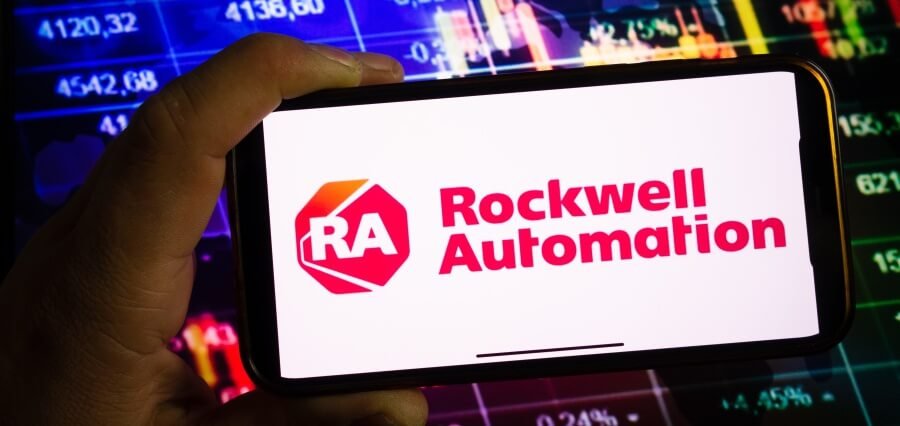India has the potential to become a $55 trillion economy by 2047 if it maintains an average real growth rate of 8 percent annually and keeps inflation around 5 percent, according to Krishnamurthy V. Subramanian, Executive Director at the International Monetary Fund (IMF). Speaking at a Business Today event on Tuesday, Subramanian outlined the optimistic growth forecast, attributing it to the country’s demographic advantages and recent policy advancements.
Subramanian described an 8 percent growth target as ambitious yet achievable, particularly in light of significant progress made in public digital infrastructure, innovation, and entrepreneurship over the past decade. He noted that World Bank data from 2004 to 2014 showed a new firm creation rate of 3.2 percent, but this rate has surged significantly since 2014, positioning India as having the third-largest entrepreneurial ecosystem globally. This growth in entrepreneurship is expected to boost productivity within the formal sector.
He also highlighted the importance of formalizing the economy, which is currently characterized by a substantial informal sector. According to Subramanian, between two-thirds and three-quarters of the Indian economy is informal, and informal sector firms generally exhibit lower productivity compared to their formal counterparts. He emphasized that formalization, supported by extensive public digital infrastructure, will be crucial for enhancing productivity.
In response to concerns raised by the World Bank regarding India’s progress in achieving a per capita income comparable to a quarter of the US’s, Subramanian addressed the broader definition of middle income. He noted that increasing GDP per capita alone is not sufficient to escape the middle-income trap. He underscored the importance of manufacturing growth and suggested implementing sunset clauses for industrial subsidy schemes as measures to drive further economic advancement.





